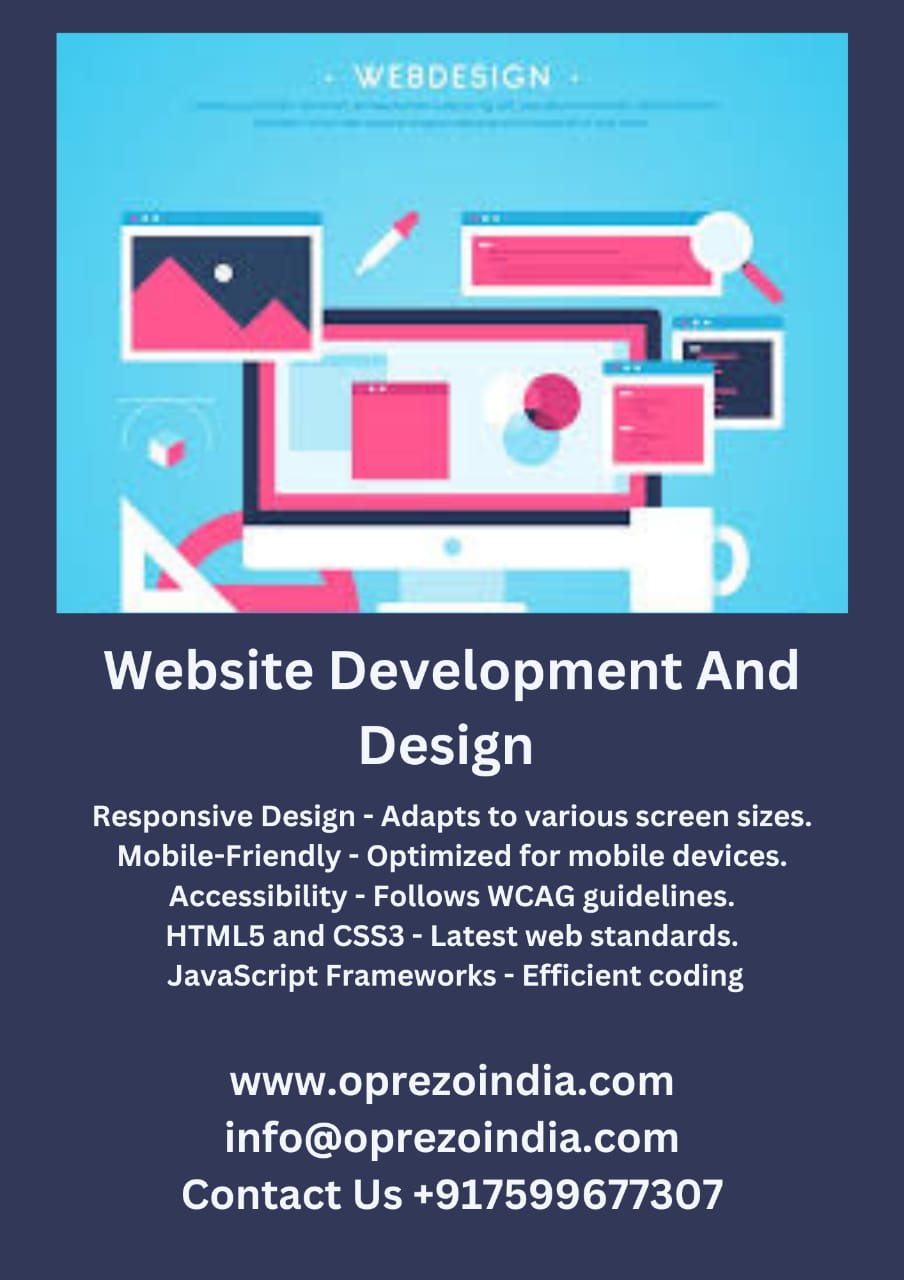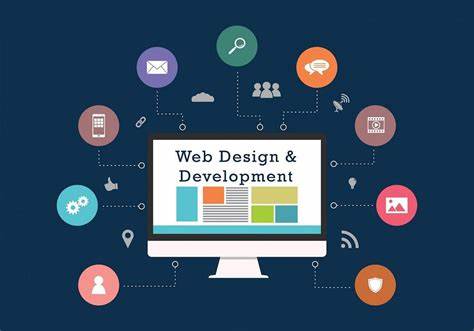
In the digital era, a well-designed website is a cornerstone of any successful business or project. Website development and design involve a blend of technical skills and creative artistry, resulting in platforms that are not only functional but also engaging. This article will outline the critical components, best practices, and tools necessary for effective website development and design.
Website Development encompasses the technical aspects of building a website, including coding, server management, and database integration. It ensures that a website operates smoothly and securely.
Website Design focuses on the aesthetics and user experience (UX) of the site. It involves creating layouts, choosing color schemes, and designing elements that captivate visitors.
Content Management Systems (CMS):
Visual Hierarchy:
Color Theory and Typography:
Define Your Goals:
Prioritize User Experience:
Optimize for Performance:
Implement SEO Best Practices:
Keep Content Fresh:
Development Tools: Popular code editors like Visual Studio Code, Sublime Text, and Atom provide features like syntax highlighting and debugging to streamline the coding process.
Design Tools: Applications like Adobe XD, Figma, and Sketch are excellent for creating UI/UX designs and prototypes, allowing designers to visualize their ideas effectively.
CMS Platforms: WordPress and Wix empower non-developers to build and manage websites with ease, offering a range of templates and customization options.
Analytics Tools: Google Analytics helps track user behavior and engagement, providing valuable insights for future improvements.
Website development and design are crucial for establishing a successful online presence. By understanding the key components, following best practices, and utilizing the right tools, you can create websites that are both visually appealing and functional. Embrace the synergy of development and design to elevate your digital projects and engage your audience effectively.
 Trusted Android App Development & Top Website Development Company in Delhi NCR | Oprezo India
Trusted Android App Development & Top Website Development Company in Delhi NCR | Oprezo India
 Oprezo India – Best Backend Development Company in Delhi NCR
Oprezo India – Best Backend Development Company in Delhi NCR
 Best Web Development Company in Delhi NCR | Oprezo India
Best Web Development Company in Delhi NCR | Oprezo India
 Best Mobile App Development Company in Delhi | Oprezo India
Best Mobile App Development Company in Delhi | Oprezo India
 Best Digital Marketing & SEO Company in Delhi NCR | Oprezo India
Best Digital Marketing & SEO Company in Delhi NCR | Oprezo India